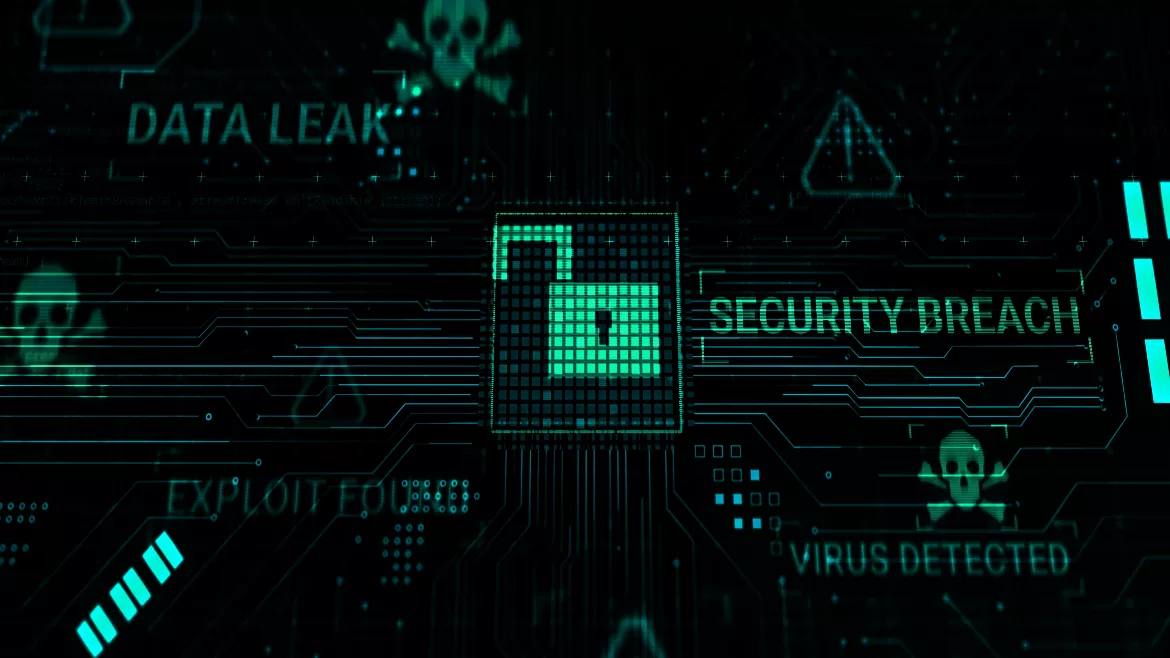Moncler confirms data breach

Moncler, an Italian luxury brand, confirmed that they suffered a data breach. Files were stolen by the AlphV/BlackCat ransomware operation in December and published on the dark web earlier this week.
The brand announced an interruption to its IT services in the final week of 2021, noting it would be a temporary outage. In a statement, the company said the logistics activities related to the shipping of final products had been reactivated. In addition, the company is prioritizing shipments for its e-commerce customers and returning to full operations.
“We deeply regret any inconvenience caused to our customers by the delays in the shipment of orders and [apologize] for the communication problems due to the systems outage,” Moncler stated.
In a statement shared with Bleeping Computer, Moncler confirmed some data related to its employees, former employees, suppliers, consultants, business partners, and customers was leaked by the AlphaV (BlackCat) ransomware operation. “With regard to information linked to customers, the company informs that no data relating to credit cards or other means of payment have been exfiltrated, as the company does not store such data on its systems,” Moncler said.
Trevor Morgan, product manager with data security specialists comforte AG, comments, “The trend toward an increasing number of ransomware attacks against high-profile targets in 2022, seems to be moving in the direction that many of us suspected. With news that the Italian luxury fashion giant Moncler sustained an attack late last year, resulting in stolen files hitting the dark web this week, we can see the organizational characteristics which appeal to threat actors: if your business collects lots of (sensitive) data about employees, partners, or customers, then you are sitting on a gold mine (or oil well, just choose your analogy) that they want to infiltrate. Sure, they want that sensitive information, with which they can do any number of things, but if they can also disrupt business operations with ransomware or other extortion tricks, they multiply their chances of a successful attack.
Morgan adds, “If your business is data-dependent, and which one isn’t in this day and age, then you need to assume that you too are a target, and it’s just a matter of time before somebody internal or external gets hands on it. Squirreling sensitive data away behind protected perimeters won’t cut it anymore as a defensive measure. Only robust data-centric security, such as tokenization or format-preserving encryption applied directly to sensitive data elements, can help mitigate the situation if the wrong hands get ahold of your data. These methods obfuscate sensitive information while still preserving the original data format, which means business applications have a better chance of working with that data in a protected state. No need for de-protecting data just to work with it internally, which is a valuable best practice to uphold. While you may think it’s a luxury to invest in proactive data protection measures such as this, the alternative is the option you really can’t afford.”
Looking for a reprint of this article?
From high-res PDFs to custom plaques, order your copy today!





